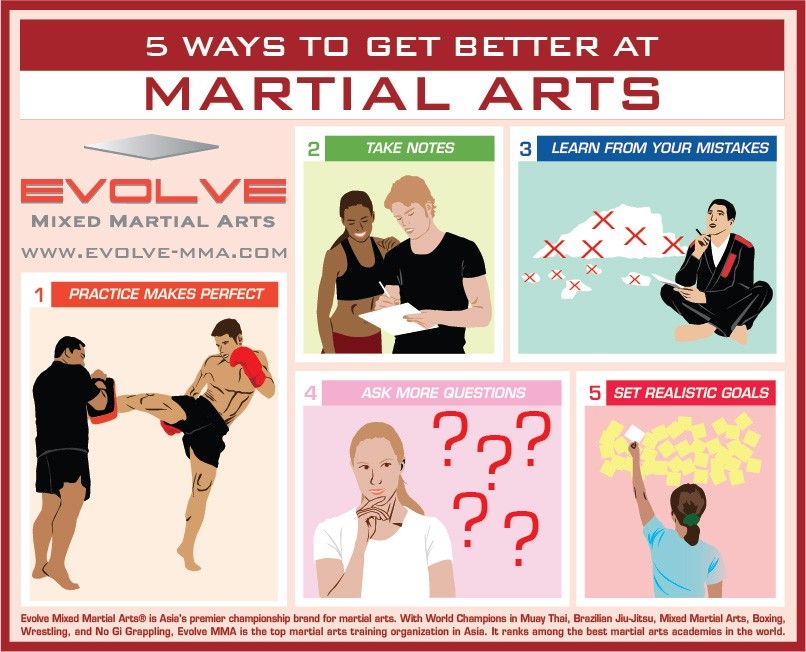The Advancement And Historical Context Of Martial Arts Worldwide
The Advancement And Historical Context Of Martial Arts Worldwide
Blog Article
Material Created By-Sutton Workman
Martial arts have an interesting history that covers centuries and continents. You could find it intriguing exactly how ancient techniques like Shuai Jiao and Kalaripayattu prepared for modern fight techniques. These self-controls not only emphasize physical skills yet additionally mirror the cultures that birthed them. As you explore their advancement, think about exactly how globalization has actually changed these standard types into hybrid styles. What influences do you assume have formed today's martial arts landscape?
Ancient Martial arts: The Foundations of Battle
As you look into the globe of ancient martial arts, you'll find the abundant foundations that shaped fight techniques throughout cultures. Early methods concentrated on Self-Defense and survival, frequently integrating strikes, grappling, and weaponry.
In old China, for example, techniques like Shuai Jiao emphasized throws and joint locks, while India's Kalaripayattu showcased dexterity and liquid movement. Japanese samurai established Kenjutsu, a polished swordsmanship that highlighted technique and technique.
These martial arts served not just for fight however additionally as a means of individual growth, instilling values like respect and perseverance. The mixing of these strategies with time laid the groundwork for the diverse martial arts you see today, each reflecting the distinct philosophies and demands of its society.
The Cultural Influence on Martial Arts Development
While martial arts usually mirror the practical needs of a culture, they additionally symbolize the social worths and ideas of their beginnings. When you discover various martial arts, you'll discover how they're affected by religion, viewpoint, and social norms.
For example, the emphasis on respect and technique in Japanese martial arts stems from Zen Buddhism and samurai society. On the other hand, Brazilian Jiu-Jitsu promotes versatility and method, shaped by the requirement for effectiveness in a diverse, multicultural setting.
You might find that the rituals, uniforms, and training methods mirror an area's history and identification. By understanding https://www.pahomepage.com/news/premier-martial-arts-forty-fort-graduation-ceremony/ , you strengthen your admiration of martial arts and their function fit human experiences across the globe.
Modern Adaptations and the Globalization of Martial arts
Martial arts have actually changed considerably in recent years, adapting to contemporary society and international influences. You'll notice that traditional forms have mixed with modern strategies, producing hybrid styles like MMA. These adjustments deal with diverse audiences, making martial arts available and appealing globally.
With the surge of social networks and digital platforms, you can discover tutorials and competitions from all edges of the world, breaking geographical barriers. please click the following page has caused a shared recognition for numerous disciplines, from Brazilian Jiu-Jitsu to Taekwondo.
As you engage with these arts, you'll understand they're not almost battle; they promote fitness, self-control, and psychological well-being.
Ultimately, modern-day adaptations have enriched the martial arts landscape, making it a dynamic and developing practice.
Final thought
In exploring the history and advancement of martial arts, you discover a fascinating blend of methods, societies, and viewpoints. From old disciplines like Shuai Jiao and Kalaripayattu to the modern-day flexibility seen in MMA, martial arts mirror humanity's pursuit for Self-Defense and individual development. As you involve with these practices, you not only acquire abilities yet also a much deeper gratitude for the diverse customs that shape our world today. So, proceed your trip and welcome the art of fight!
